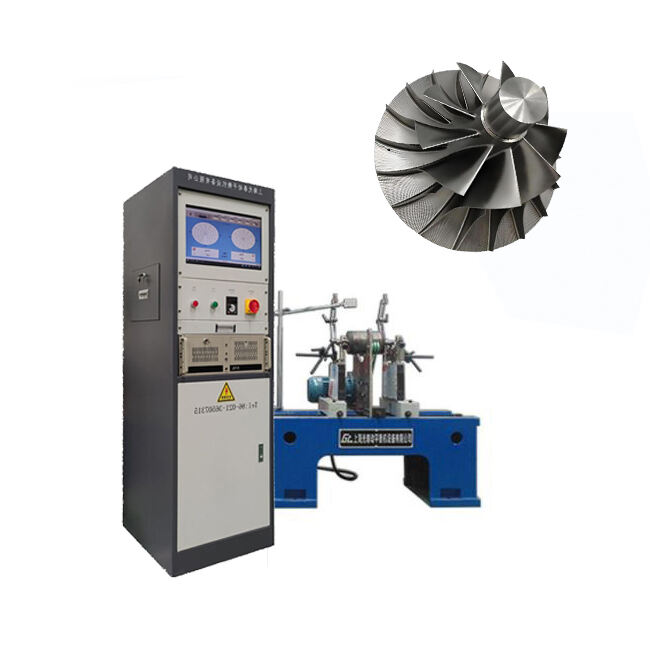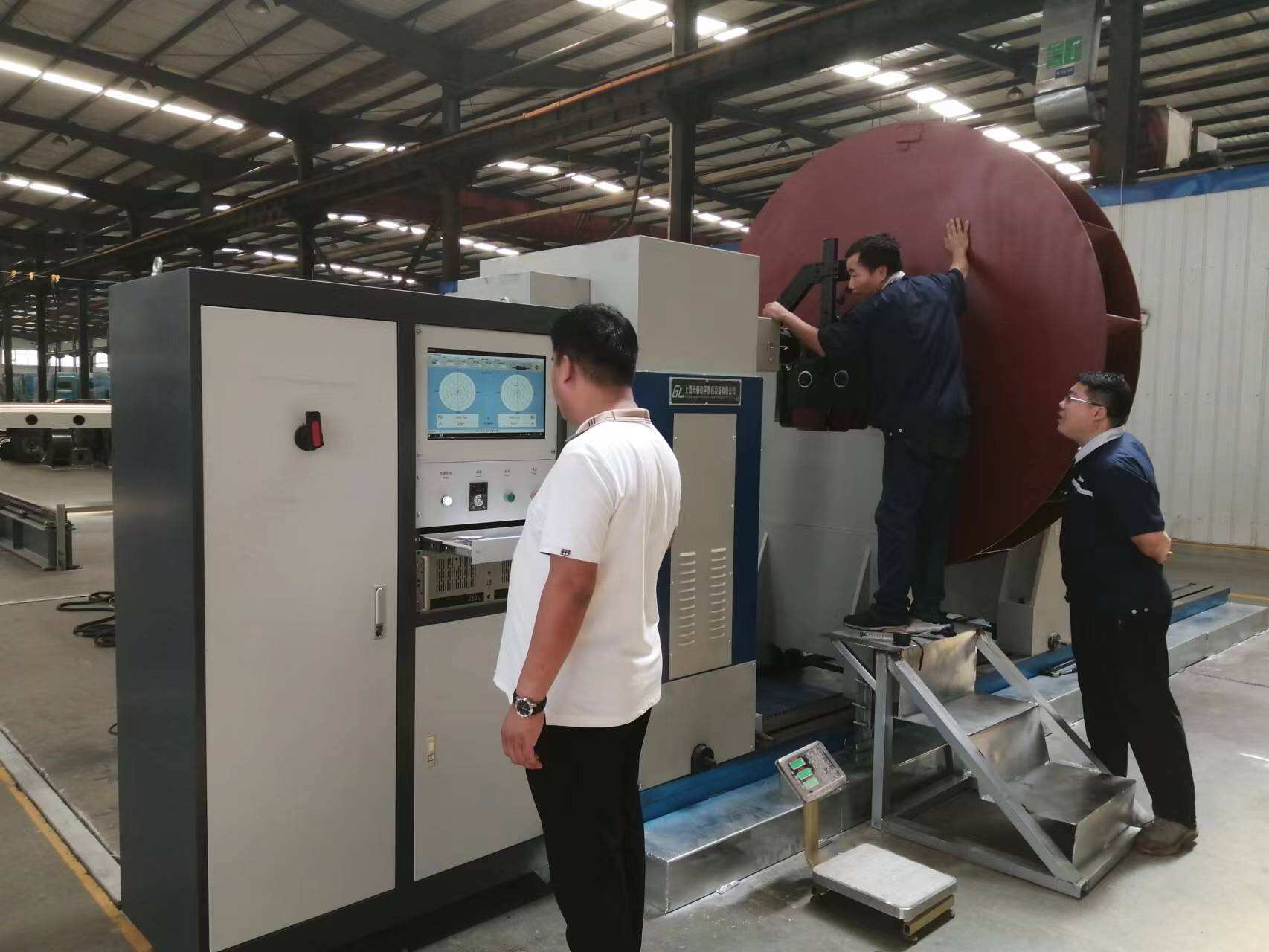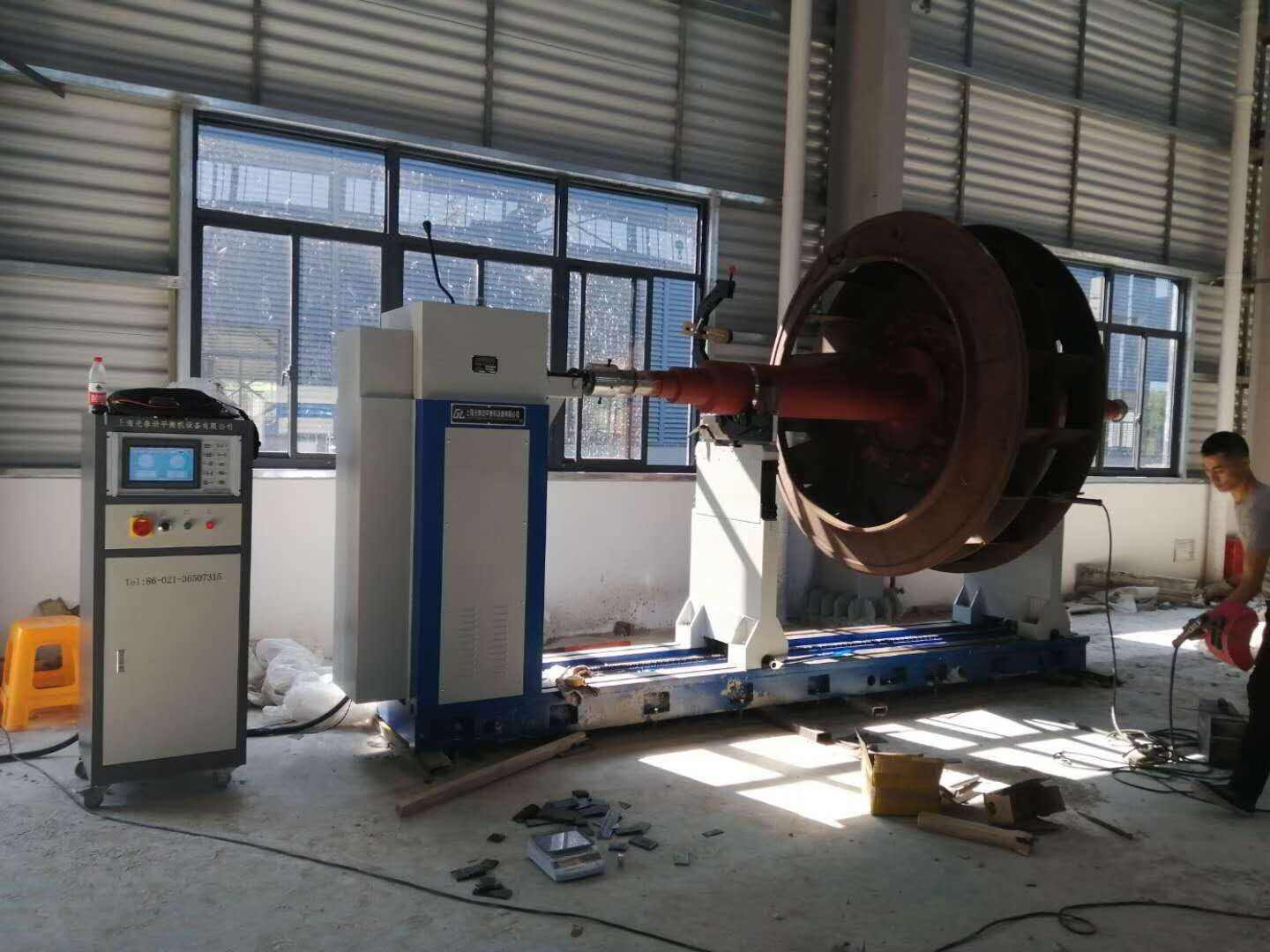máy cân bằng dọc
Máy cân bằng đứng là một thiết bị kỹ thuật tinh vi được thiết kế để đo lường và điều chỉnh sự mất cân bằng trong các bộ phận quay. Thiết bị chính xác này hoạt động bằng cách lắp đặt vật gia công theo chiều thẳng đứng và quay nó ở những tốc độ cụ thể để phát hiện bất kỳ sự phân bố trọng lượng không đồng đều nào. Máy sử dụng cảm biến tiên tiến và công nghệ số để đo biên độ rung và góc pha, cung cấp dữ liệu thời gian thực về vị trí và mức độ mất cân bằng. Cấu hình đứng đặc biệt có lợi đối với một số loại rô-to nhất định, bao gồm cánh bơm, phần ứng động cơ điện và các bộ phận tuabin. Hệ thống đo của máy thường bao gồm cảm biến áp điện, bộ xử lý tín hiệu số và một giao diện điều khiển được máy tính hóa hiển thị kết quả phân tích chi tiết. Các máy cân bằng đứng hiện đại tích hợp chu kỳ đo tự động, tính toán điều chỉnh động học và giao diện thân thiện với người dùng giúp đơn giản hóa quá trình cân bằng. Những thiết bị này có thể xử lý các bộ phận từ các chi tiết chính xác nhỏ đến các rô-to công nghiệp lớn, với một số mẫu có khả năng xử lý vật gia công nặng vài tấn. Quá trình cân bằng đảm bảo rằng các bộ phận quay vận hành trơn tru, giảm mài mòn ổ trục, giảm thiểu tiếng ồn và kéo dài tuổi thọ thiết bị. Công nghệ này rất quan trọng trong các ngành công nghiệp như sản xuất ô tô, hàng không vũ trụ, sản xuất điện năng và kỹ thuật chính xác.


